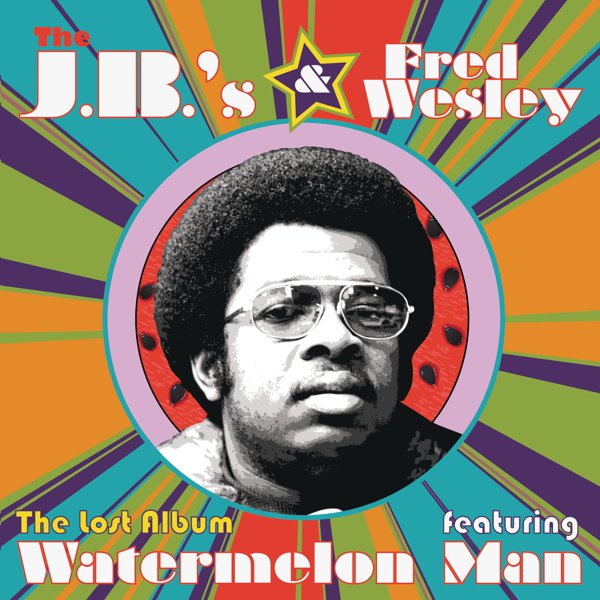James Brown is arguably one of the most important musical artists of the 20th century who influenced not only his contemporaries in soul, R’n’B and the wider pop world, but whose music went on to play a vital role in the formation of hip hop, house, jungle, drum & bass and more, long after his creativity and commercial success had peaked.
His late sixties/early seventies musical innovations were many and seismic, affecting popular music for decades afterwards: he shifted the rhythmic emphasis from the offbeat to ‘the one’ (the first beat of the bar), introduced jazz phrasing to R’n’B horn parts, turned each instrument in his band including his own voice into an instrument of percussion, used New Orleans second-line snare rhythms, and abandoned the traditional song structure in favour of looping vamps. In the process, and via a set of extremely talented musicians, Brown was able to create an entirely new form of music — funk.
Aside from Brown’s musical vision and his sheer, stubborn self-belief, two central factors of his success were the high quality of the musicians he used and the nature of his communication with them. Brown was virtually musically illiterate so used high calibre bandleaders like Alfred ‘Pee Wee’ Ellis and Fred Wesley to act as musical translators to create his musical vision. Longtime James Brown sax player Maceo Parker notes in his autobiography that Brown would grunt and vocalise parts for each instrument which his bandleaders would then turn into musical charts that the professional musicians of his band could follow and play.
Just how much of the end product was down to Brown and how much down to his musicians and bandleaders is hard to quantify — no doubt Brown had a clear vision of what he wanted to achieve musically and was often extremely exacting about getting those results from his band — but speaking about his work with the JBs in the early 70s in his autobiography Wesley says: “I was the one who put the songs together in the studio… he [Brown] would simply do his vocals and take the credit for the whole thing.”
However the final results were achieved, throughout his career, James Brown produced and released many singles and albums with various members of his band and other vocalists, often appearing on the records too. His band the JBs were responsible for a huge swathe of genre-defining funk records, under several different guises, recording as Maceo & The Macks, Fred Wesley & The JBs, A.A.B.B. (‘Above Average Black Band’), and as backing band for vocalists Lyn Collins, Vicki Anderson, Bobby Byrd, Sweet Charles and Hank Ballard. Various members later went on to work extensively with George Clinton’s Parliament/Funkadelic organisation and musicians like Ellis, Wesley, Parker, drummer Clyde Stubblefield and bassist Bootsy Collins have since become legendary names in the world of popular music.
The catalogue of music created by these musicians, both with Brown and without him, shaped the sound of black music in the 70s and beyond — the broken note bass lines, the chicken-scratch guitar, sharp percussive blasts of brass, and the use of clattering, syncopated New Orleans snare patterns pioneered by Brown and his musicians were all hugely influential, both in the seventies but also to a whole new generation through hip hop’s discovery of Brown’s music in the 80s, and then with the wholesale sampling of his beats and rhythms by house, rave, hardcore, jungle and drum & bass producers in the 90s.
These albums from James Brown’s extended musical family, many produced by the Godfather but some entirely independent of him, tell a story of the consolidation of the funk music that Brown and his musicians first created in the late sixties, presenting many different flavours and variations on the funk template. Aside from charting the development of funk music, they also contain some of the foundational building blocks of genres that would rise years later. Oh, and they’re also packed full of utterly brilliant music, superbly played by some of the twentieth century’s most talented, hardworking and influential musicians.




















